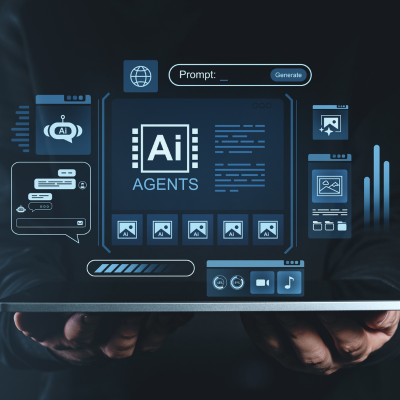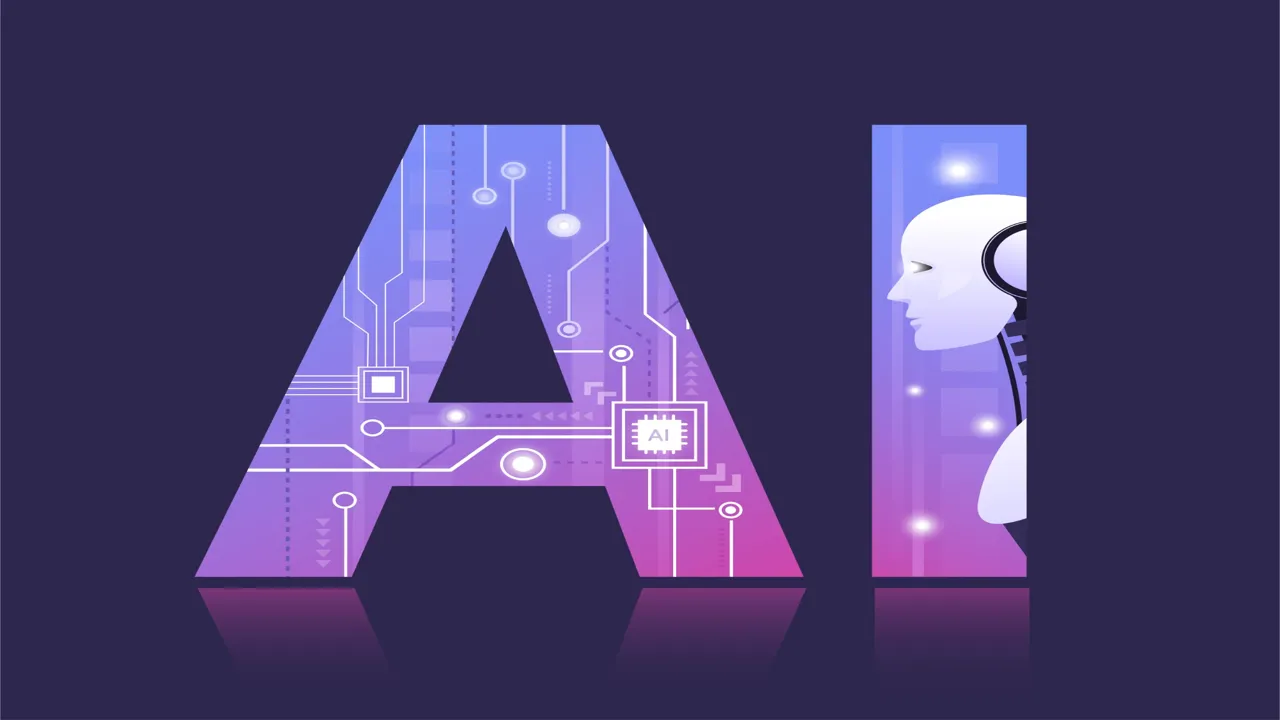The integration of artificial intelligence into code review represents one of the most significant shifts in software engineering practice since the advent of continuous integration. By automating routine checks, surfacing subtle bugs, and enforcing consistent standards, AI in code review is transforming how teams deliver secure, maintainable, and high-performance software—while freeing developers to focus on innovation and complex problem-solving. This article explores the evolution, benefits, leading tools, and best practices of AI-driven code review, with actionable insights for engineering leaders, architects, and developers aspiring to master software security, automated code review, and AI in development.
The Evolution of AI in Code Review
Traditional code review is a cornerstone of software quality, but it is labor-intensive, inconsistent, and prone to human error. Manual reviews often bottleneck release cycles, especially in distributed or fast-moving teams. The advent of AI-powered code review tools has addressed these challenges head-on, leveraging machine learning, natural language processing, and advanced static analysis to provide real-time, context-aware feedback directly within developers’ workflows. Early tools focused on simple linting and style checks, but today’s systems—trained on vast datasets of open-source and proprietary code—can detect logic flaws, security vulnerabilities, and even subtle deviations from project-specific conventions. This shift has enabled a new paradigm: code quality assurance at scale, without sacrificing speed or developer satisfaction.
Why AI in Code Review Matters
Improved Code Quality and Security
AI bug detection goes beyond surface-level issues, identifying security vulnerabilities, performance bottlenecks, and maintainability risks early in the development cycle. For example, tools like CodeRabbit use abstract syntax tree (AST) analysis to understand code structure deeply, catching discrepancies that traditional linters miss—such as missing null checks or mismatched value ranges. This smart debugging capability is critical for secure coding in an era of increasing cyber threats.
Enhanced Developer Productivity
By automating repetitive tasks, AI code review tools reduce cognitive load and review bottlenecks. Developers receive instant, actionable feedback within their IDEs or pull request interfaces, allowing them to iterate faster and with greater confidence. This developer productivity boost is especially valuable for remote teams and organizations adopting DevOps practices.
Consistency and Continuous Learning
AI enforces uniform standards across projects and teams, minimizing subjective bias and drift in code quality. Moreover, modern tools learn from each interaction, refining their suggestions to reduce noise and prioritize issues that matter most to your team. This automated programming approach ensures that best practices are consistently applied, even as coding standards evolve.
Leading AI Code Review Tools in 2025
| Tool | Key Features | Integration | Learning & Adaptability | Security/Compliance |
|---|---|---|---|---|
| CodeRabbit | Conversational PR reviews, AST-based analysis, committable suggestions | GitHub, GitLab, Azure | Learns from repo history | SOC 2, GDPR, ephemeral env |
| CodiumAI | Explains diffs, suggests tests, highlights logic flaws | GitHub, CLI | Context-aware feedback | Enterprise-grade |
| DeepDocs | Documentation generation, code explanation, style enforcement | IDE plugins | Custom rulesets | Data retention controls |
| GitHub Copilot | Autocomplete, code suggestions, basic review features | GitHub, VS Code | Limited learning | Standard GitHub security |
CodeRabbit stands out for its GitHub-native experience, precision, and ability to catch subtle logic bugs that conventional tools miss. It provides structured, conversational feedback on pull requests, learns from your codebase, and allows direct replies—making it feel like a knowledgeable teammate rather than an external tool. Its security posture—including ephemeral review environments and end-to-end encryption—makes it a strong choice for enterprises and open-source projects alike. CodiumAI and DeepDocs excel in explaining code changes, generating documentation, and enforcing project-specific conventions. These tools are particularly valuable for onboarding new team members and maintaining high standards in large, complex codebases. While GitHub Copilot is best known for its autocomplete capabilities, it also offers basic review features, though it lacks the depth and customization of dedicated AI code review platforms.
Advanced Features and Emerging Trends
Automated Quality Gates and Continuous Feedback
Leading tools now integrate automated quality gates into CI/CD pipelines, ensuring that only code meeting predefined criteria progresses to production. These gates can check for test coverage, security vulnerabilities, and adherence to architectural patterns—reducing rework and technical debt.
Memory-Layer Reviews and Collaborative AI
The next frontier is AI + memory-layer reviews, where tools retain context across sessions and engage in meaningful dialogue about code quality. This evolution from static analyzers to collaborative, conversational assistants enables deeper understanding and more relevant feedback over time.
Customization and Scalability
Teams can tailor AI review tools to their specific needs by incorporating historical data, custom rule sets, and team coding styles. This flexibility ensures that the tool grows with your organization, supporting everything from small startups to global enterprises.
Best Practices for Implementing AI in Code Review
- Integrate with Human Oversight: AI excels at routine checks and pattern recognition, but human judgment remains essential for architectural decisions, mentorship, and nuanced code review.
- Start Small, Scale Thoughtfully: Begin with a pilot project to evaluate tool fit, then expand based on team feedback and measurable outcomes.
- Customize and Adapt: Configure tools to align with your team’s conventions, and regularly review AI-generated feedback to ensure it remains relevant and actionable.
- Foster Continuous Learning: Use AI feedback as a teaching tool, especially for junior developers or teams transitioning to new technologies.
- Monitor and Iterate: Track metrics like defect density, review time, and developer satisfaction to gauge impact and identify areas for improvement.
Real-World Impact and Learning Pathways
Case Study: Accelerating Development at a Global FinTech
A leading FinTech company faced mounting delays in code review, impacting feature delivery and security posture. By integrating CodeRabbit into their GitHub workflow, they reduced average review time by 50%, improved code quality (measured by defect density) by 30%, and saw a 25% boost in developer productivity—all while maintaining rigorous security standards.
Building Expertise: The Role of Specialized Education
For developers and engineering leaders seeking to master AI in code review, hands-on, project-based training is essential. The Software Engineering, Agentic AI, and Generative AI course offered by Amquest Education provides a comprehensive curriculum covering modern software engineering principles, advanced AI techniques, and real-world application of AI-powered testing and automated code review tools. Participants gain experience with industry-leading platforms, learn to interpret AI-generated feedback, and develop strategies for integrating these tools into team workflows—preparing them to lead the next generation of secure, high-velocity software delivery.
Measuring Success: Analytics and Insights
To validate the impact of AI in code review, teams should track:
- Code Quality Metrics: Defect density, readability, maintainability, and technical debt.
- Productivity Metrics: Time spent on reviews, cycle time, and developer satisfaction scores.
- Security Metrics: Vulnerability detection rates, mean time to remediate, and compliance audit results.
These metrics not only demonstrate ROI but also guide continuous improvement and tool customization.
Actionable Tips for Engineering Teams
- Evaluate Tools Holistically: Consider integration ease, learning curve, security, and adaptability to your stack.
- Engage the Team: Involve developers in tool selection and configuration to ensure buy-in and relevance.
- Leverage AI for Mentorship: Use AI feedback to onboard new hires and upskill teams on secure coding and smart debugging practices.
- Stay Current: The field is evolving rapidly—subscribe to technical newsletters, participate in communities, and invest in ongoing education.
Conclusion
AI in code review is no longer a futuristic concept—it is a present-day necessity for teams committed to quality, security, and velocity. By automating routine checks, providing context-aware feedback, and enabling continuous learning, AI-powered tools are redefining what it means to deliver excellent software. For those ready to lead this transformation, specialized training—such as the Software Engineering, Agentic AI, and Generative AI course—delivers the hands-on experience and strategic insight needed to harness these technologies effectively. As the landscape continues to evolve, the most successful teams will be those that combine cutting-edge tools with human expertise, fostering a culture of quality, collaboration, and continuous improvement.
FAQs
What are the primary benefits of using AI in code review? AI enhances code quality assurance by detecting bugs and vulnerabilities early, boosts developer productivity through automation, and ensures consistency across projects and teams.
Can AI replace human reviewers entirely? No. AI excels at routine and pattern-based tasks, but human judgment remains critical for complex decisions, mentorship, and nuanced code review.
How does AI improve security in code review? Advanced AI bug detection identifies security vulnerabilities using techniques like AST analysis and machine learning, reducing the risk of flaws reaching production.
What are the leading AI code review tools in 2025? CodeRabbit, CodiumAI, and DeepDocs are among the top tools, offering deep analysis, seamless integration, and enterprise-grade security.
How does AI-driven code review impact developer learning? AI provides consistent, actionable feedback and exposes developers to industry best practices, accelerating skill development—especially when combined with structured education like the Software Engineering, Agentic AI, and Generative AI course.
What role does continuous learning play in AI code review tools? AI systems refine their algorithms over time, reducing false positives and adapting to your team’s unique patterns and standards.










